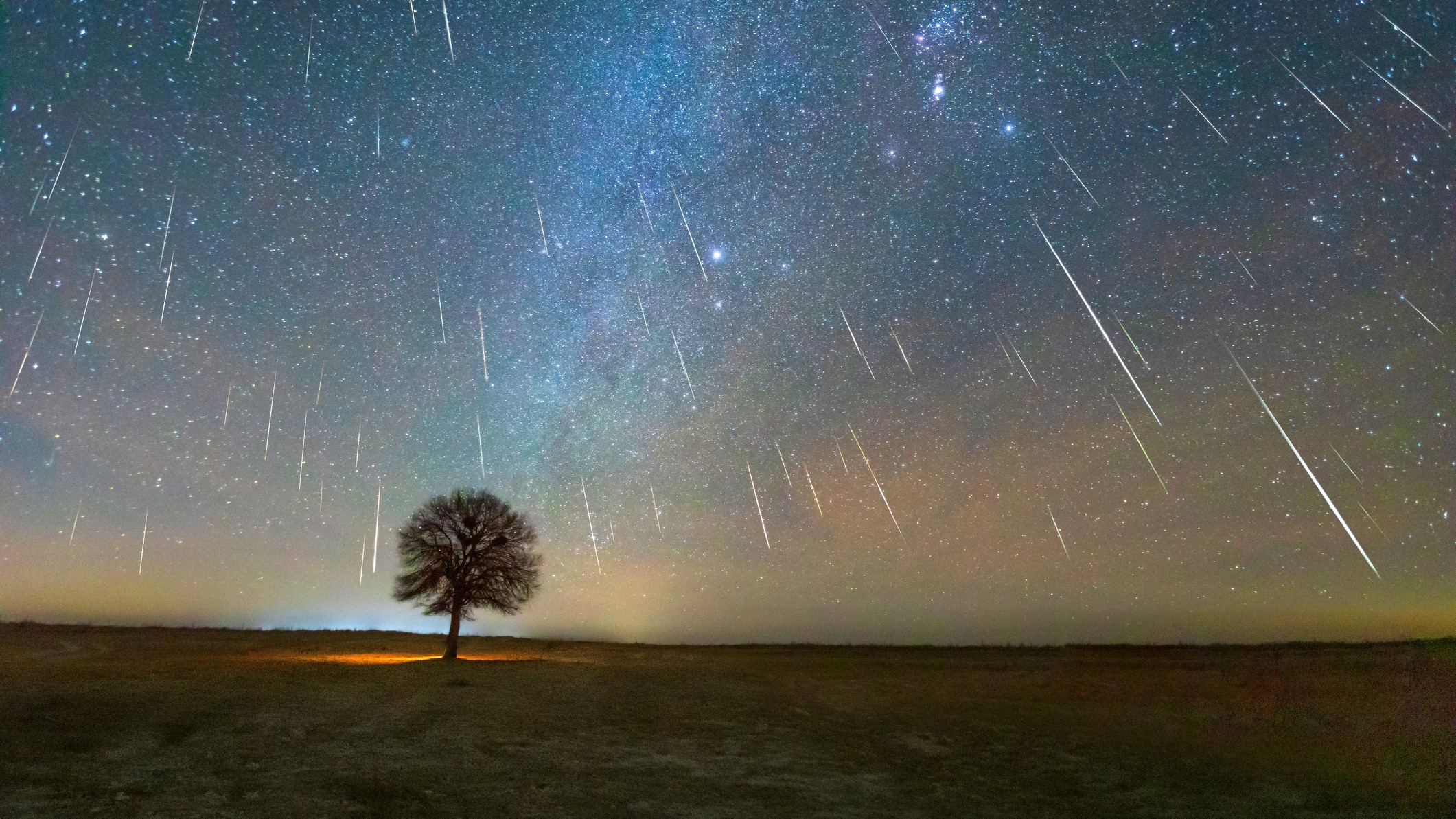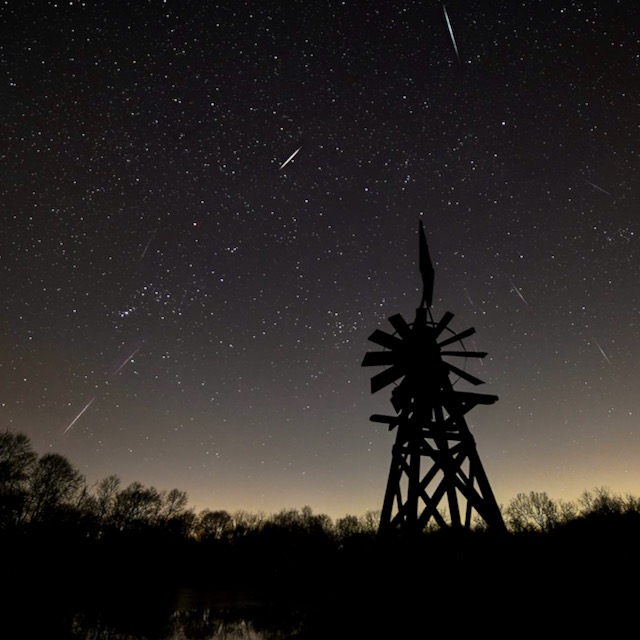2024 Geminids: Everything You Need to Know About This Spectacular Meteor Shower
Hey there, stargazers! Are you ready for a celestial showstopper? This year, the Geminids meteor shower is promising to be a truly unforgettable spectacle, and I’m here to give you the lowdown on everything you need to know to make the most of it. Forget those flimsy fireworks – this is nature’s own light show, and it’s far more impressive.

Introduction: The Geminids – A Cosmic Dance of Dust and Light
Every year, in mid-December, our planet Earth plows through a trail of debris left behind by a rather unusual celestial object: 3200 Phaethon. Now, most meteor showers originate from comets, icy bodies shedding dust and ice as they swing around the sun. But Phaethon? It’s classified as a rock, an asteroid! This makes the Geminids a bit of a cosmic mystery, a unique event that adds to its allure.
This trail of debris, made up of tiny dust particles and rocky fragments, interacts with our atmosphere. As these particles enter at incredibly high speeds, they burn up, creating those breathtaking streaks of light we call meteors. And the Geminids? They’re known for their sheer number, their brightness, and often, their colorful displays.
When and Where to Catch the 2024 Geminids Show

Mark your calendars! The peak of the Geminids meteor shower in 2024 is expected to occur around December 13-14. However, you can start spotting meteors a few days before and after the peak, so don’t limit yourself to just one night.
-
Peak Time: The best viewing time will typically be in the hours after midnight and before dawn. This is when the radiant point (the point in the sky from which the meteors appear to originate) is highest in the sky.

Radiant Point: The Geminids appear to radiate from the constellation Gemini, hence the name. Locate Gemini – it’s relatively easy to find, near the bright stars Castor and Pollux. However, you don’t need to stare directly at Gemini; the meteors will streak across the entire night sky.
-
Location, Location, Location: Get away from city lights! Light pollution is the biggest enemy of meteor shower viewing. Head to a dark location, ideally somewhere with minimal artificial light. Rural areas, national parks, or even the outskirts of your city can offer significantly better viewing conditions. Remember to check local weather forecasts – clear skies are essential.

I remember one year, I drove an hour outside the city with a couple of friends to a secluded spot overlooking a valley. The sky was so incredibly dark, it felt like we were under a different kind of blanket. The experience was transformative, a humbling reminder of the vastness of the universe.
What to Expect: A Shower of Shooting Stars
The Geminids are renowned for their prolific display. Under ideal conditions (dark skies, no moon), you could see anywhere from 60 to 120 meteors per hour at the peak. That’s a meteor roughly every 30 seconds – a truly spectacular sight!

-
Brightness and Color: Geminid meteors are often quite bright, and some even leave persistent trails that linger for a few seconds after the meteor has burned out. You might even spot some colorful meteors – yellows, greens, and blues are not uncommon.